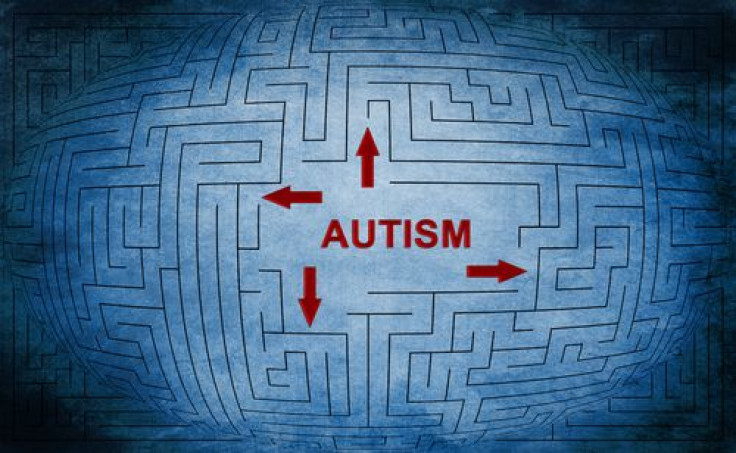Autism Symptoms Treated With Psychosis Drug That Boosts Sensory Neurons In Newborn Mice

Researchers at Harvard University have found a way to reduce autism symptoms in mice that lends hope to one day finding a way to apply these methods on humans and learn more about the neurological components of autism. The study, published in the journal Neuron, reveals their unique approach to treat subpar social skills and empathy issues among those with autism.
By taking a closer look at a group of neurons that were already suspected to have a role in autism and psychiatric disorders, such as depression and schizophrenia, a key finding revealed itself to them. If they could just boost the neurotransmitter that wasn’t working at full force, they could decrease symptoms of autism. Autism spectrum disorder affects one in 68 children, in different ways but has been shown to impair social interaction, communication, and cause unusual behaviors and interests according to the Autism Science Foundation.
The neurotransmitter they targeted, called the parvalbumin basket cells, had decreased activity in those with autism and other psychiatric disorders. Harvard researchers Takao K. Hensch, professor of molecular and cellular biology and of neurology, and Nadine Gogolla, now a group leader at the Max Planck Institute of Neurobiology in Germany, decided to strengthen the inhibited neurotransmitter in the brain with a benzodiazepine shortly after birth. Benzodiazepines is a class of drugs used to treat a variety of psychiatric disorders, such as psychosis, anxiety, panic attacks, depression, insomnia, and symptoms such as seizures, nausea, vomiting, muscle relaxation, and also alcohol withdrawal and anesthesia.
“Despite ample evidence in humans that the insula [a brain region] is deeply involved in hallmarks of the social brain, such as empathy, pain, and urges, this is the first attempt to characterize its development in an experimentally tractable model,” study co-author Hensch said in a press release. The adult mice weren’t affected by the benzodiazepine treatment, which leads researchers to believe there’s a window of opportunity to mature critical neurons and create healthy social development.
Further investigation needs to be done in order for researchers to understand how autism moves throughout the brain and how it relates to other psychiatric disorders in which the same multisensory pocket of neurons is affected. Finding biomarkers and developing novel therapies and areas of the brain to treat will bring them closer to early diagnosis, symptom treatments, and one day a cure. Twin studies have found there’s a genetic component to the disorder, in which if one identical twin has autism there is a 60 percent likelihood the other twin will be diagnosed as well.
Source: Gogolla N, Hensch TK, Takesia AE, Feng G, and Fagiolini M. Sensory Integration in Mouse Insular Cortex Reflects GABA Circuit Maturation. Neuron. 2014.



























